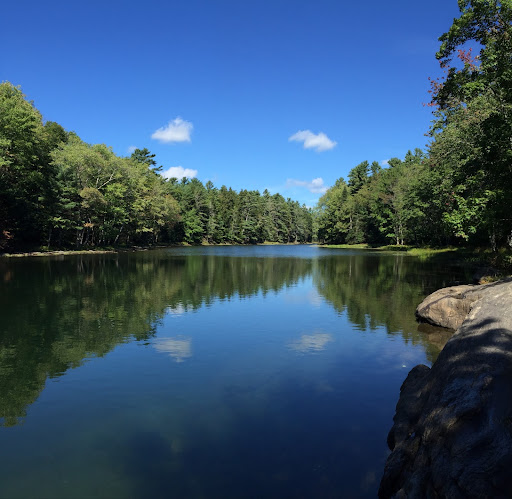Fresh water is essential for life–a person can only live for 3-4 days without water. Fresh water is essential to our food supply; it is needed to grow crops and to sustain the animals that give us food. Although the world is two-thirds covered with water, only .03 percent is drinkable, and much of that is tied up in ice. Climate change threatens those limited freshwater resources on many fronts.
For every degree that the temperature rises, 4% more water is absorbed into the atmosphere. In dry places this takes water away from the soil, making the land more arid and threatening drinking water supplies. In wetter spots, more moisture in the air can lead to excessive rainfall and flooding. This flooding can lead to toxic runoff into our lakes and rivers from yards, farms, and industrial sites, as well as to the destruction of crops and property. Both flooding and drought threaten our food supply. Chronic drought in agricultural areas has led to depletion of the aquifers due to the increasing need for irrigation.
Sea level rise threatens our freshwater resources. As the ocean rises, it intrudes on freshwater aquifers, threatening the freshwater resources for coastal areas around the globe.
“Around 450 million children live in areas of high or extremely high water vulnerability. This means they do not have enough water to meet their everyday needs.” –UNICEF
Learn more
Here are some websites that we at LexCAN find to be trustworthy, accurate and clear:
- UNICEF: Water and the Global Climate Crisis – 10 Things You Should Know
- NOAA Climate: Depletion of Aquifers – Great Plains Ogallala Aquifer Drying Out
- Circle of Blue: Sea Level Rise – The Struggle to Keep the Ocean Out of California’s Aquifers
- Columbia Climate School: How Climate Impacts Our Water
- National Geographic Educator Guide: Earth’s Fresh Water
- Yale Climate Connections: Pros and Cons of Fracking
